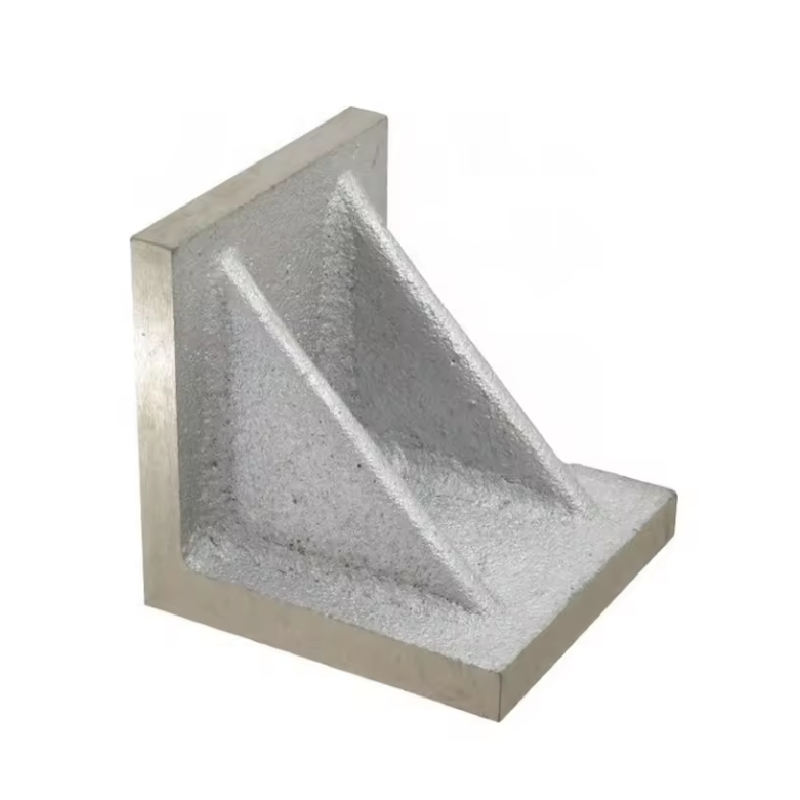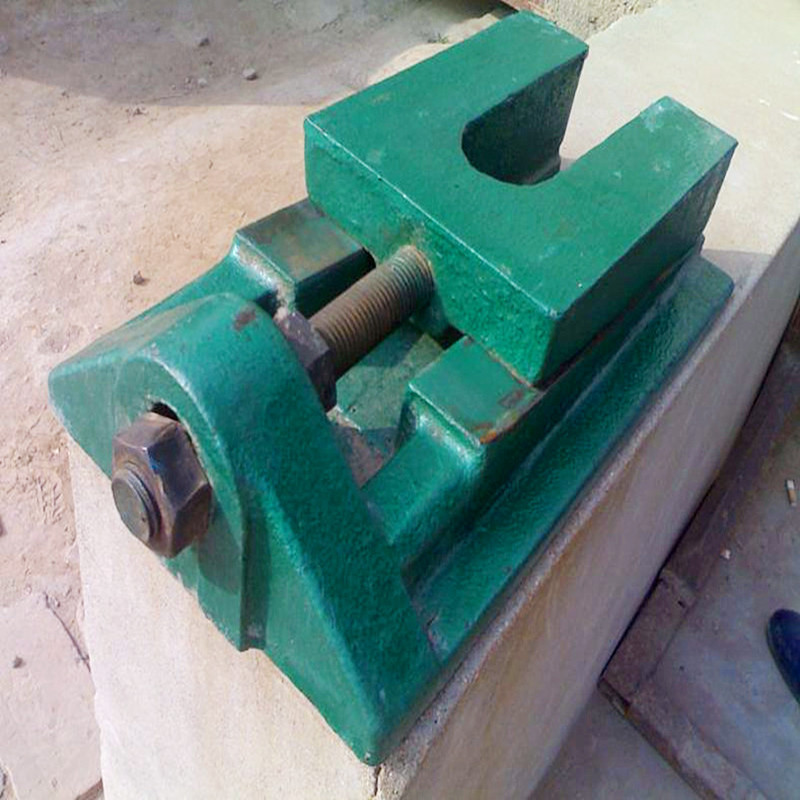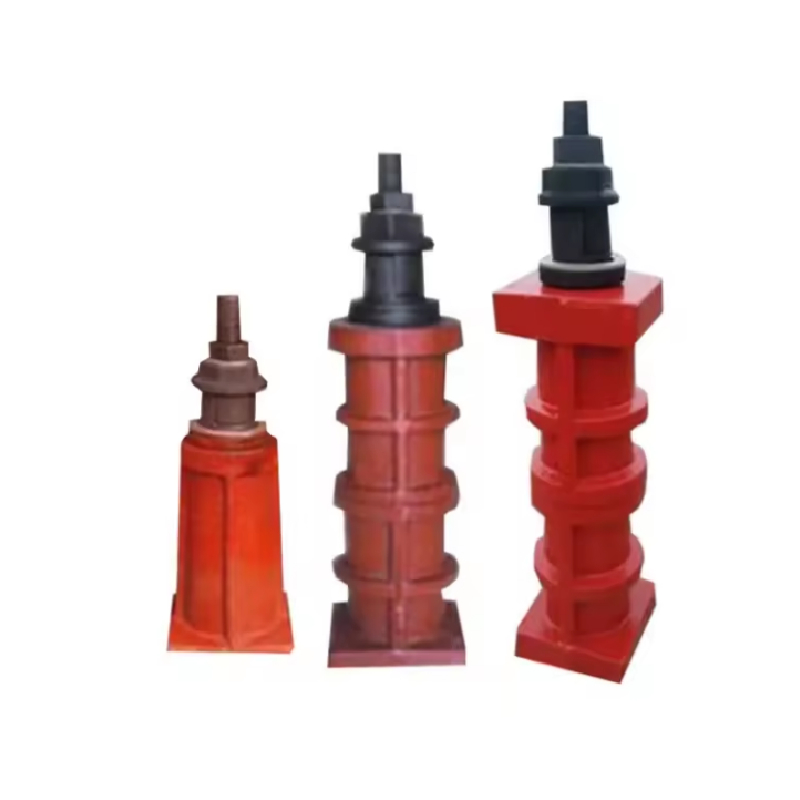జూలై . 08, 2025 05:15 Back to list
High Precision Granite Inspection Surface Plate for Accurate Measurement Durable Inspection Surface Plates
- Overview of Granite Inspection Surface Plates
- Technical Advantages and Precision Factors
- Comparative Analysis: Granite vs. Cast Iron Inspection Surface Plates
- Customization Options for Inspection Surface Plates
- Industry Applications and Real-World Use Cases
- Maintenance and Longevity Considerations
- Conclusion: Optimizing Quality with Granite Inspection Surface Plates
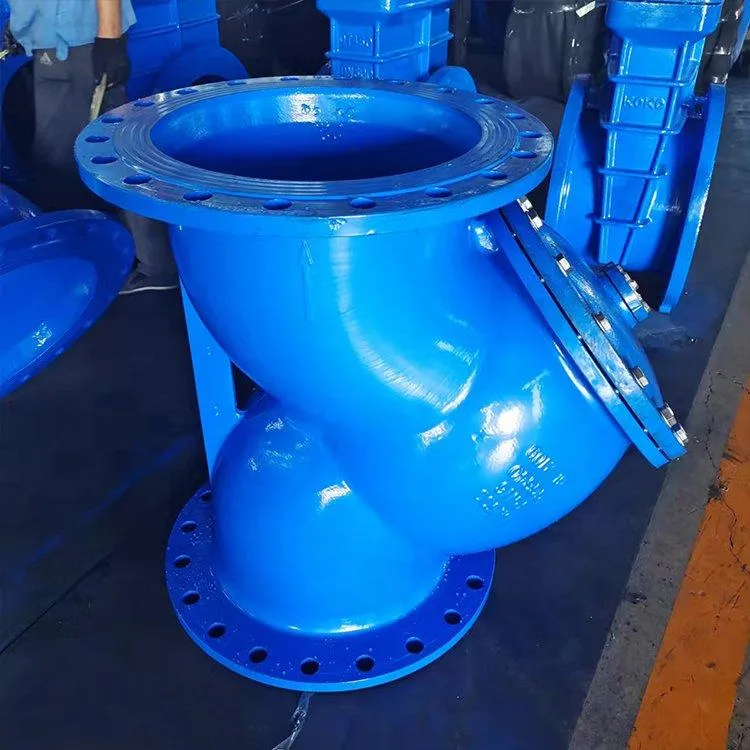
(granite inspection surface plate)
Overview of Granite Inspection Surface Plate: Establishing Industry Standards
Precision in dimensional metrology starts with the quality of the foundation—most notably, the surface plate. Granite inspection surface plates have emerged as the preferred benchmark for accuracy in a diverse range of manufacturing and engineering industries. These plates deliver a stable, flat reference plane essential for precise measurement, calibration, and layout inspection. The dominance of granite, due to its inherent properties such as non-magnetic consistency, superior hardness, and minimal thermal expansion, has fundamentally elevated quality standards over legacy surfaces. According to the International Organization for Standardization (ISO 8512-2), over 85% of modern laboratories worldwide now employ granite inspection plates for their critical measurements, attesting to their widespread acceptance and reliability.
Technical Advantages and Precision Factors
The choice of a surface plate is crucial for ensuring metrological reliability. Granite inspection surface plates offer distinct advantages primarily due to their low porosity, exceptional surface integrity, and homogenous mineral composition. Granite’s average Mohs hardness exceeds 6.5, rendering it highly resistant to wear and scratching, a considerable improvement over traditional cast iron which typically measures at 4 to 5. Furthermore, the coefficient of thermal expansion in premium granite plates ranges between 5.5–7.0 × 10–6/°C, substantially outperforming cast iron alternatives that may reach as high as 11.0 × 10–6/°C. This property ensures negligible deformation under fluctuating temperatures—crucial for environments requiring sub-micron accuracy. Additionally, granite’s vibration dampening is superior, lowering the risk of measurement fluctuations during sensitive inspections.
Comparative Analysis: Granite vs. Cast Iron Inspection Surface Plates
To inform purchase decisions and underscore the performance gap, the following table presents a direct comparison across key functional aspects:
| Parameter | Granite Inspection Surface Plate | Cast Iron Inspection Surface Plate |
|---|---|---|
| Material Hardness (Mohs scale) | 6.5–7 | 4–5 |
| Flatness Accuracy (ISO Grade 0) | ±1.0 μm/1000 mm | ±2.5 μm/1000 mm |
| Thermal Expansion (×10–6/°C) | 5.5–7.0 | 10.0–11.0 |
| Magnetic Properties | Non-magnetic | Magnetic |
| Maintenance Frequency | Every 2–3 years | Every 1–1.5 years |
| Susceptibility to Corrosion | Zero | High (requires oiling) |
| Vibration Damping | Excellent | Good |
| Weight (per m² at 100 mm thick) | ~280 kg | ~715 kg |
This comparison clearly highlights the technical merits of granite inspection surface plate
s, which not only offer greater dimensional stability but also reduce lifetime maintenance and environmental sensitivity.
Customization Options for Inspection Surface Plates
The demands placed on inspection surface plates often vary by industry, application, and operational constraints. Manufacturers address these variables by providing a wide spectrum of customization options. Customers can select from standard sizes or request bespoke dimensions up to 6 meters in length for high-volume or heavy-duty applications. Edge and corner chamfering, threaded inserts for workpiece anchoring, and T-slots for flexible fixturing are widely available options. Surface finish granularity, ranging from Ra 0.3 μm for ultra-precision settings to Ra 1.2 μm for general inspection, can be specified to meet metrological and ergonomic requirements. Some leading vendors offer modular designs with interchangeable plates and in-laid guide rails for rapid reconfiguration in production environments. For environments with high humidity or corrosive atmospheres, granite plates are naturally non-reactive, requiring no additional coating, unlike cast iron plates that necessitate anti-corrosion treatment.
Industry Applications and Real-World Use Cases
The adaptability and precision of granite inspection surface plates are critical in various sectors. In aerospace manufacturing, where dimensional deviations as small as 2–3 μm can result in safety-critical flaws, plates serve as the base for coordinate measuring machines (CMMs) and tooling assemblies. Automotive sectors utilize surface plates for precision assembly and subcomponent measurement during quality assurance. Semiconductor fabrication labs rely on their thermal stability to maintain sub-micron accuracy in photolithography stages. One global electronics leader deployed 120 granite plates in their QC units globally and reported a reduction in calibration downtime by 32% and accuracy deviations by 27% over cast iron surfaces. In the tooling industry, the adaptability to mount specialized fixtures and conduct repeatable measurements stems from the plate’s structural rigidity and planar consistency. This cross-sector adoption underscores the critical role of high-grade granite plates in advancing industrial quality.
Maintenance and Longevity Considerations
Longevity is a recognized advantage of granite inspection surface plates, with service lives extending 25 years or more under standard operating conditions. Unlike metallic alternatives, where oxidation and micro-deformations necessitate annual resurfacing, granite boasts resistance to moisture, rust, and conventional acids and alkalis present in workshop settings. However, to retain ISO and DIN flatness certification, periodic calibration and lapping are recommended every 24–36 months, dependent on usage intensity. Best practices entail regular dust removal with lint-free cloths, avoiding contact with heavy metallic objects, and dosing support points to minimize sagging in larger plates. Records indicate that with professional maintenance, deviation from original specifications in granite rarely exceeds 2 μm after a decade of service, offering significant cost and time savings over the product life cycle.
Conclusion: Investing in Granite Inspection Surface Plate for Optimum Quality Control
Achieving precise, reliable measurements is at the core of quality-centric manufacturing, and granite inspection surface plates make this possible through unrivalled stability, longevity, and repeatability. Empirical data consistently demonstrates their superiority over cast iron alternatives in hardness, dimensional stability, resistance to corrosion, and total lifecycle costs. Whether considering standard or highly customized solutions, the integration of granite inspection surface plates in industrial measurement environments provides a robust foundation for safeguarding product accuracy and ensuring compliance with international standards for years to come.
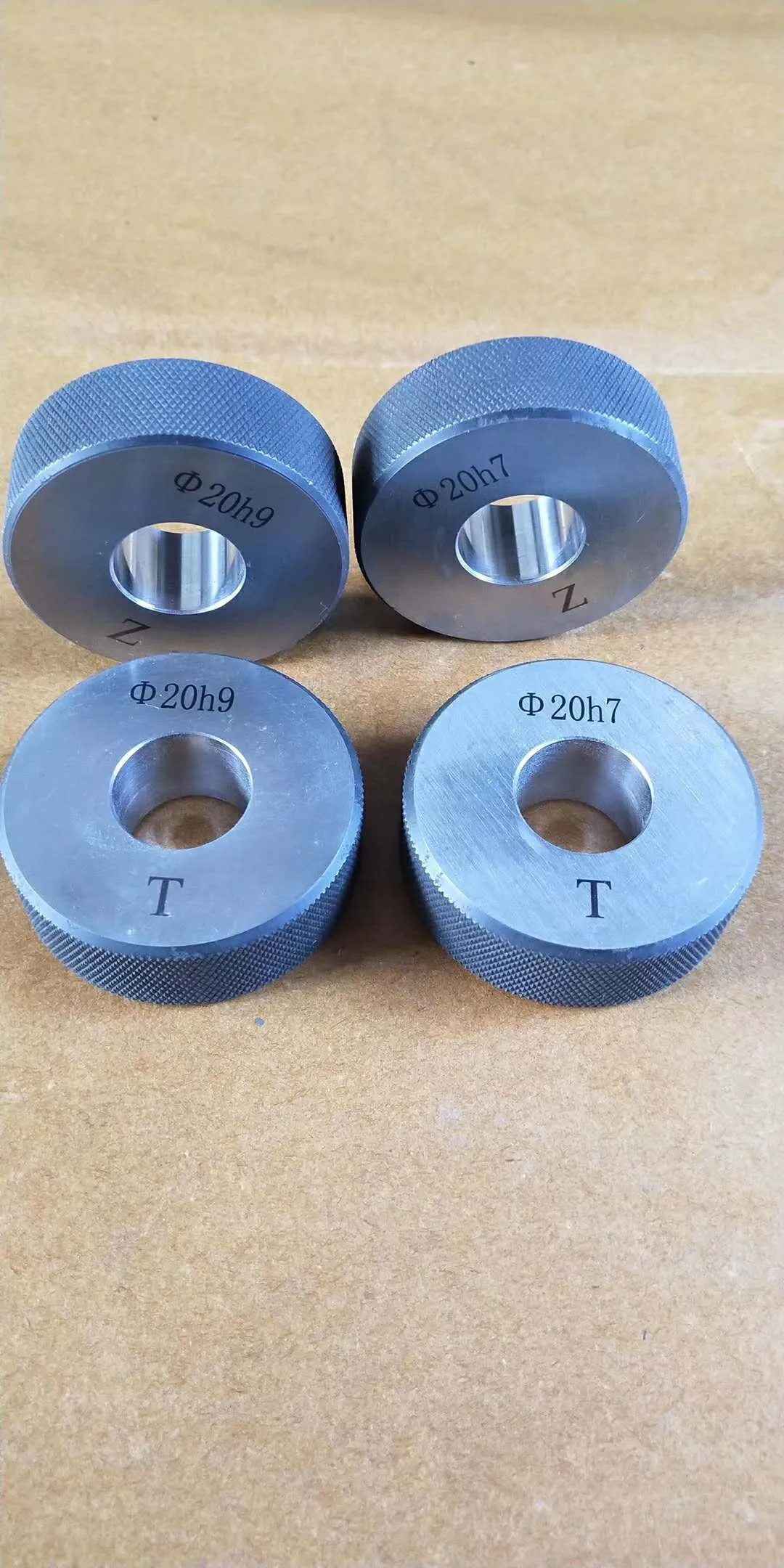
(granite inspection surface plate)
FAQS on granite inspection surface plate
Q: What is a granite inspection surface plate?
A: A granite inspection surface plate is a flat, stable platform made of granite used for precise measurement and inspection. It provides a reliable reference plane for dimensional checks. Its hardness helps resist wear and deformation over time.Q: How does a granite inspection surface plate differ from a cast iron inspection surface plate?
A: Granite inspection surface plates offer superior resistance to corrosion and wear compared to cast iron ones. Granite is also non-magnetic and unaffected by humidity. Cast iron plates, however, are more prone to rust and distortion.Q: Why are inspection surface plates important in quality control?
A: Inspection surface plates ensure accurate and consistent measurements of manufactured components. They serve as a benchmark for checking equipment or parts. This helps maintain product standards and quality.Q: How do I maintain a granite inspection surface plate?
A: Clean the granite inspection surface plate regularly with a lint-free cloth and mild cleaner. Avoid placing heavy or rough objects on its surface. Recalibrate the plate periodically to ensure accuracy.Q: What sizes are available for granite and cast iron inspection surface plates?
A: Both granite and cast iron inspection surface plates come in various sizes, typically ranging from small laboratory plates to large industrial types. Custom sizes are also available to meet specific needs. Choose the size based on your application requirements.-
Water Valve Gate Design Prevents Leakage and CorrosionNewsJul.11,2025
-
Steel Fab Table Features Reinforced Construction for LongevityNewsJul.11,2025
-
Specialized Valve Designs for High Pressure SystemsNewsJul.11,2025
-
Machinist Gauge Pins Feature Ground and Lapped FinishesNewsJul.11,2025
-
Hose Check Valve Prevents Backflow in Irrigation LinesNewsJul.11,2025
-
Durable Micrometer Tools Withstand Heavy Workshop UseNewsJul.11,2025
Related PRODUCTS




